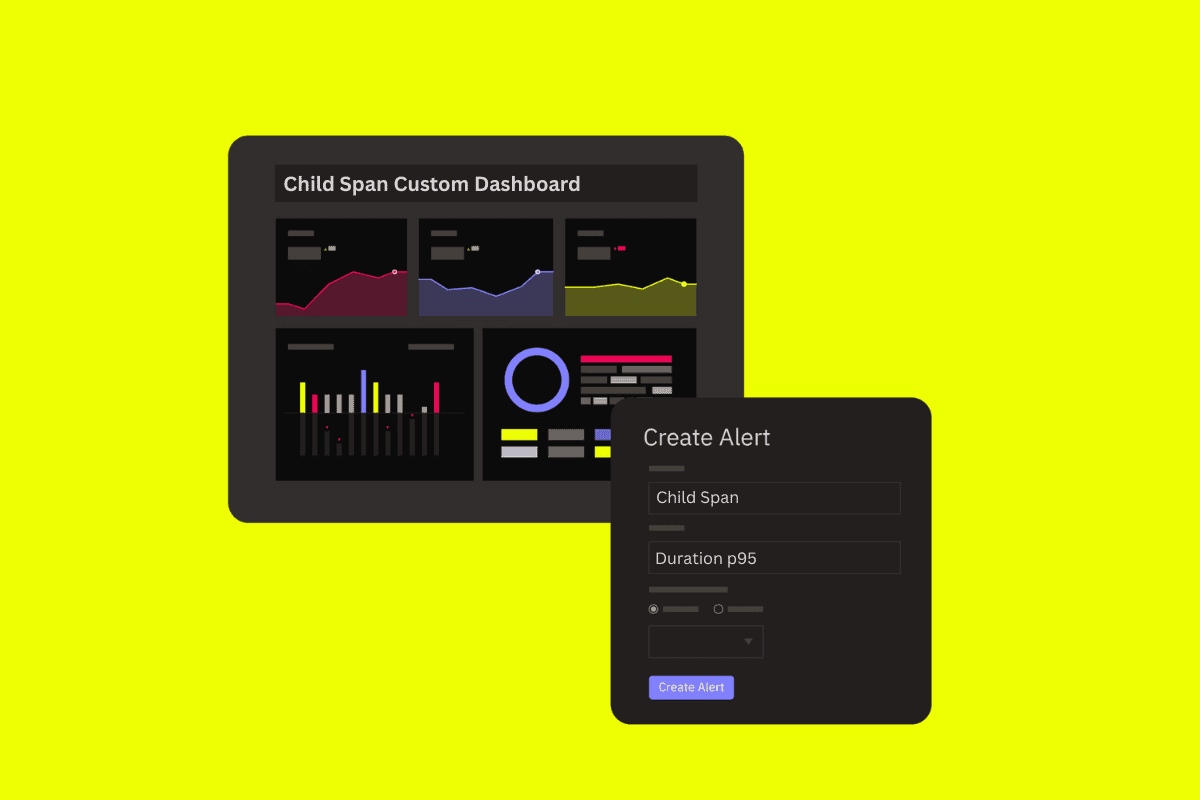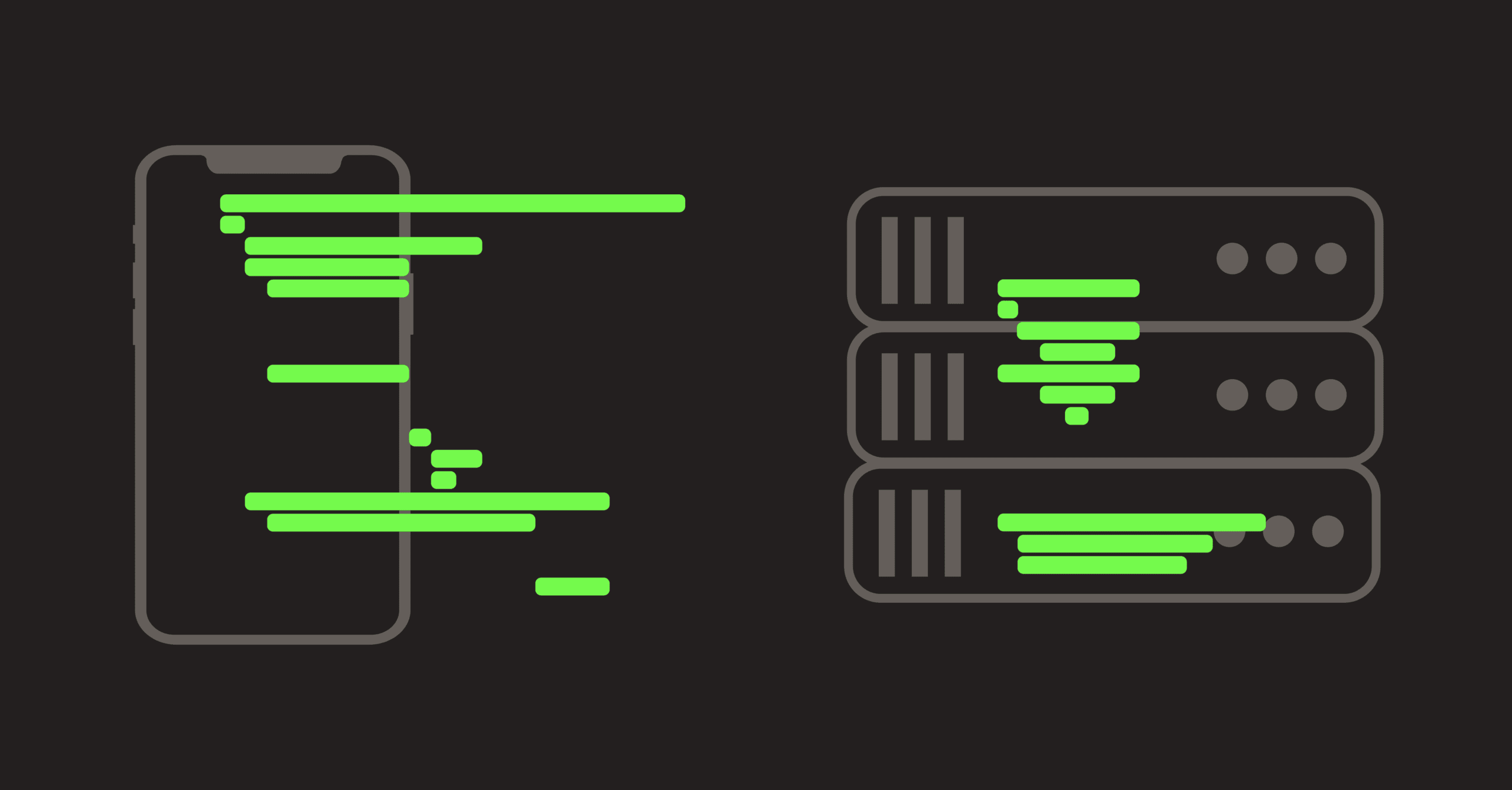
In mobile app development, efficiency and performance are paramount.
To help engineers build better mobile experiences, we built Embrace Performance Tracing.
Performance Tracing allows mobile engineers to instrument and monitor key flows within their app with a huge level of detail and granularity, empowering them to truly optimize every element of their user experience.
Watch the short video below to learn more.



